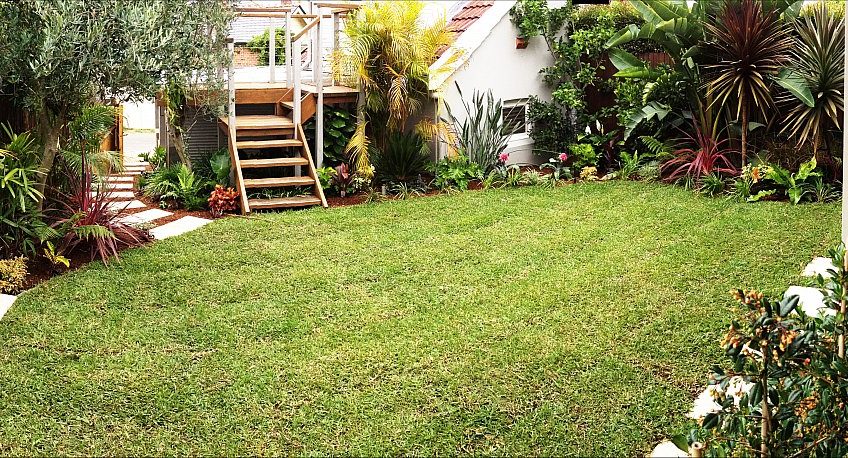For some of us, landscaping might just be a garden or business as usual, however, landscaping comes from the rich culture and intricate history that has been lost in the depths of time. Landscaping is an art form widely used and plays a big part in the cultural and social advancements of our society. As an ancient art form, landscaping can be traced back to The Seven Wonders Of The World – The Hanging Gardens Of Babylon, created in 600 BC.
Landscapers today invest and install landscapes from an economical point of view. Modern technology has made it possible for landscaping to be tech-oriented and this drives our generation. On the other hand, not so long ago, landscaping was considered to be an absolute luxury. Only the well-to-do and wealthy could invest in decorating their outdoor space, investing in a patio and furniture, outdoor features and sculptures, etc.
This article is a quick recap to remember how landscaping as an art flourished and became what it is today:
1. The 20’s and its nature-guided landscape designing:
The 1920s raved about greenery, it was all about it. People loved Nature and always had a desire to celebrate it. Bird watching was trending back then and many people would install birdcages, birdhouses, bird feeders or even plant fruits and vegetables that would attract birds! Nature being drawn towards home was sought after. Fish ponds and rock gardens also flourished.
2. 1930’s And The Depression:
A fall in landscaping came about as the Great Depression made it difficult for people to make ends meet.
3. Modernism In The 1950s:
With many soldiers returning home from the war, landscaping took up some momentum as it was time for them to get married and settle. Can you believe that this made the landscaping industry a hit? It was also the first phase of modernism, gardening of the suburbia in the time of consumerism.
4. Family-Oriented Landscapes in the 60s’:
This was the beginning of the ‘barbeque and chill’ era. Families got together in each other’s lawns and backyards and ate good food. Good lawns and adequate lawn care became a sign of wealth and prosperity.
5. Industrialism And Landscaping In The 1970s:
This was the time of the landscape revolution. People wanted to save the greenery and restore things to the way they were. People started planting vegetables, shrubs, and herbs and grew fruit. The leaf blower also emerged, marking the industrialisation of landscaping.
6. Computers in the 1980s:
Computers started being used in terms of design and architecture for landscaping projects. People started appreciating computer drawing projects and the 1980s marked the beginning of this trend for landscape architecture.
7. DIY And Landscaping Services in the 90s:
As people started earning more, they had a desire to expand lawns and nurture them. Establishments like Bunnings flourished with their DIY gardening section. With a busy lifestyle, the DIY aspect of gardening died down and landscaping services started being used.
8. A Billion Dollar Industry In 2000:
Socialising was at its peak, people needed to maintain a certain status, a certain appeal to their home. This is when the landscaping industry became a billion-dollar industry with everyone concerned about landscaping as a major part of their lifestyle.
Today, we know the importance landscaping holds and will continue to do so with our climate conditions. At DrGarden, one of the leading landscaping companies in Sydney, we offer full coverage of all aspects of landscaping. From small scales to big spaces. For expert landscapers in Sydney, our professionals have extensive knowledge and experience to make sure all your needs are met.

